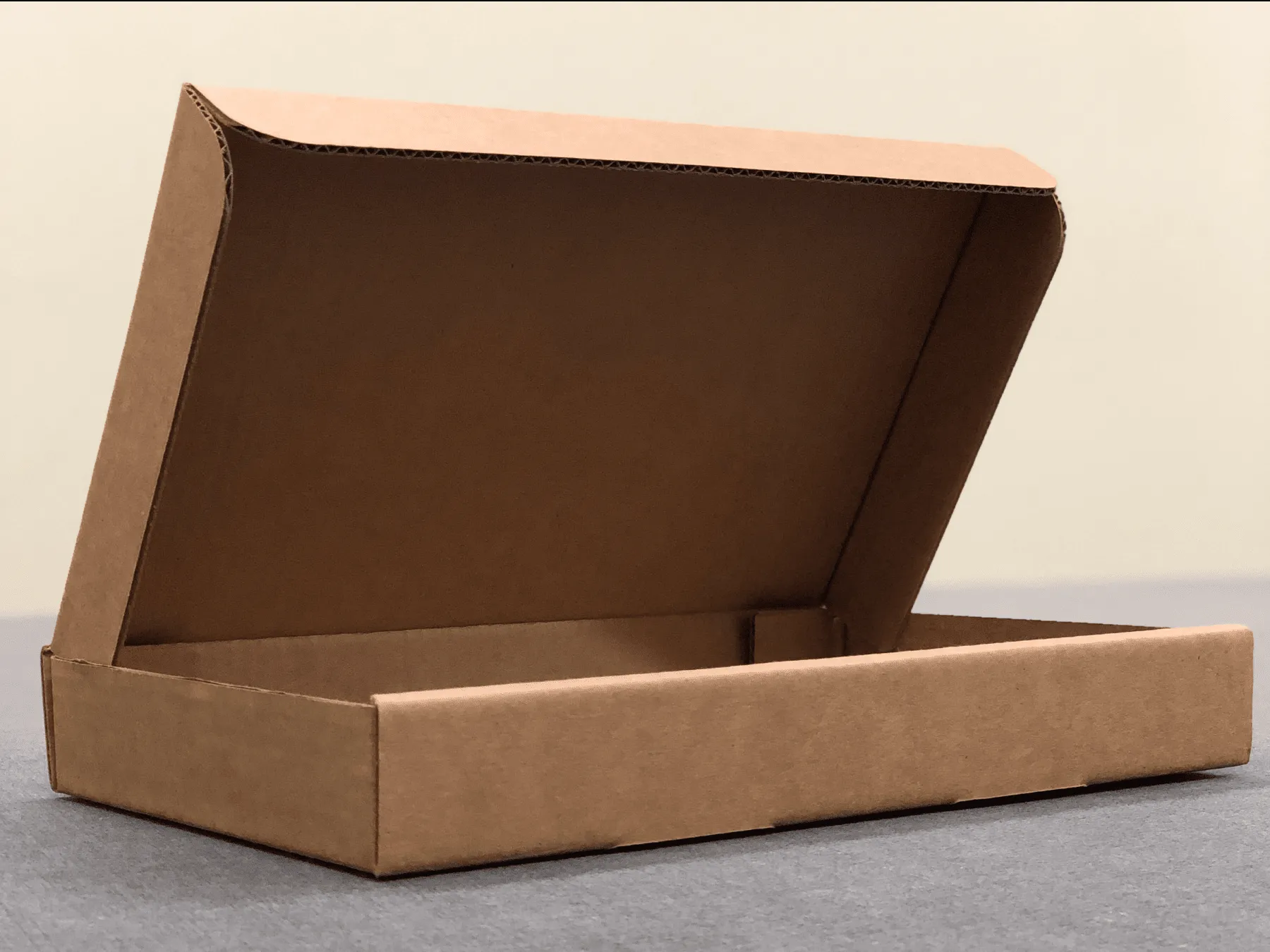Understanding Diecast Packaging
Diecast models, prized by collectors for their detail and craftsmanship, require careful packaging to preserve their condition and value. Effective diecast packaging goes beyond mere containment; it’s about safeguarding the model from damage during storage, handling, and especially, shipping. Whether you’re a seasoned collector or just starting, understanding the nuances of packaging is essential. This guide provides a comprehensive look at the best practices, materials, and techniques to ensure your diecast models remain in pristine condition. From the initial packaging to the final shipping label, we’ll cover everything you need to know to protect your valuable collection. Proper packaging ensures that your models arrive safely, maintaining their value and your enjoyment.
Types of Diecast Packaging
Diecast models come in various packaging styles, each offering different levels of protection and visual appeal. Understanding these types is key to choosing the right method for your needs. These different packaging styles play a crucial role in both protecting the model and influencing its perceived value. The choice of packaging often depends on the model’s size, price point, and the manufacturer’s branding strategy.
Blister Packs
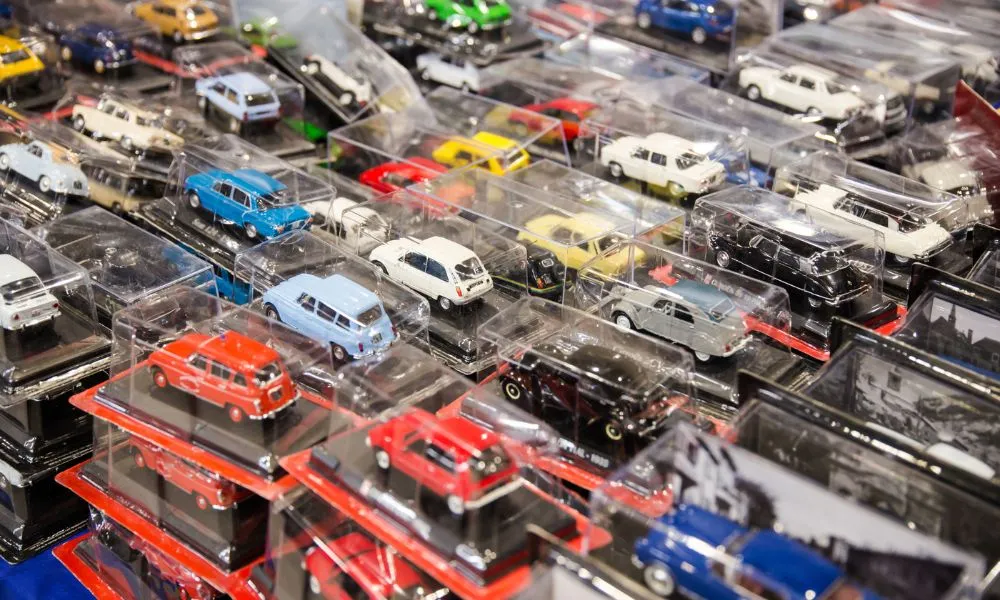
Blister packs are a common, cost-effective option. The model is typically encased in a clear plastic bubble, sealed to a cardboard backing. While offering good visibility of the model, blister packs offer less impact protection compared to other methods. These are often found with mass-produced or budget-friendly models. While they protect the model from dust and minor handling, they offer limited protection against drops or impacts.
Window Boxes
Window boxes are popular for their balance of protection and display. A clear plastic window allows for viewing the model, while a sturdy cardboard box provides structural support. Window boxes are suitable for models intended for display and collection. They offer a better level of protection compared to blister packs, but they can still be susceptible to damage if the box is crushed or punctured.
Sealed Cases
Sealed cases offer the highest level of protection. The model is completely enclosed in a sealed, often rigid container. This packaging is ideal for models intended for serious collectors and those needing maximum protection during shipping or long-term storage. These cases protect against environmental factors like dust, moisture, and UV light. They are usually the most expensive packaging option and are typically reserved for high-value or limited-edition models.
Why Diecast Packaging Matters
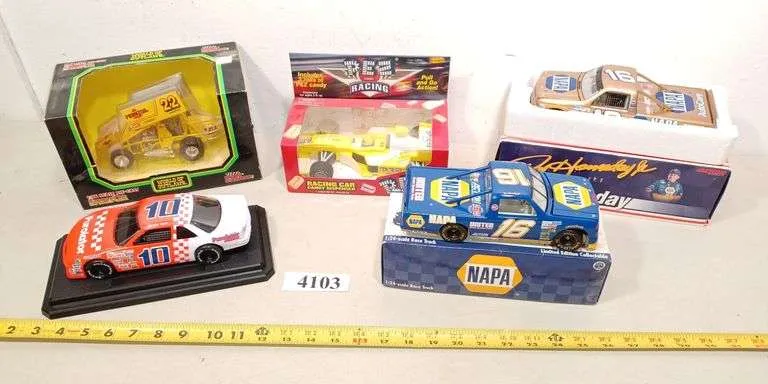
The importance of proper diecast packaging cannot be overstated. It’s not merely about aesthetics; it directly impacts the model’s condition, value, and ultimately, the collector’s satisfaction. Packaging safeguards the model from physical damage, such as scratches, dents, and broken parts. It protects against environmental factors like dust, sunlight, and moisture, which can degrade the model’s paint and details over time. Investing in quality packaging is, therefore, an investment in preserving the model’s longevity and market value.
Protecting Your Investment
Diecast models, especially limited editions or those in high demand, can appreciate significantly in value over time. Proper packaging is crucial for protecting this investment. Well-packaged models retain their value better than those with damaged packaging or the model itself. Even minor imperfections can significantly decrease a model’s resale price. By taking the time to package your models correctly, you are ensuring their future value and appeal to potential buyers or future collectors.
Safe Shipping Practices
Shipping presents the greatest risk of damage to diecast models. Handling, transportation, and the potential for accidental drops or impacts necessitate careful packaging. Use sturdy boxes and ample cushioning materials to absorb shocks and prevent the model from moving inside the package. Consider using double-walled boxes for added protection. Always label the package with clear warnings such as “Fragile” or “Handle with Care” to alert handlers of the delicate contents. Choose a reliable shipping carrier with tracking and insurance options to protect against loss or damage during transit.
Materials and Tools
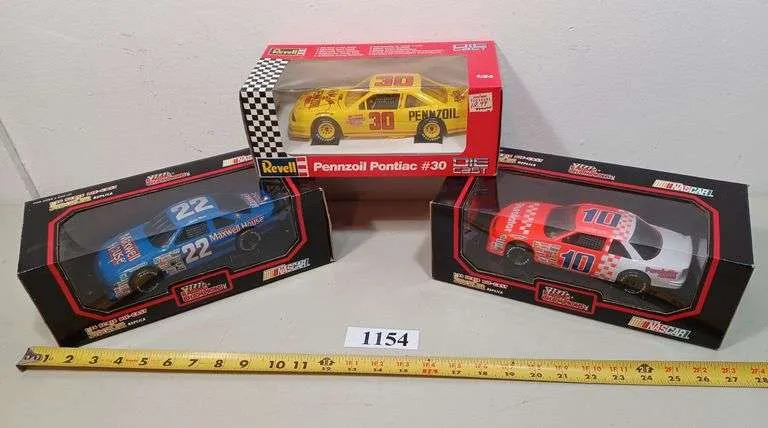
The right materials are essential for effective diecast packaging. Choosing the right tools and packaging materials can make a significant difference in the level of protection offered to your valuable models. Selecting the proper materials and using them correctly forms the foundation of secure and reliable packaging, protecting against the rigors of shipping and handling.
Packaging Materials
Various packaging materials are available to protect diecast models during shipping and storage. The choice of material depends on the size, value, and fragility of the model. The primary goal of any packaging material is to cushion the model from impacts and prevent movement inside the box. Quality packaging materials can minimize the risk of damage and ensure that the model arrives in pristine condition.
Bubble Wrap
Bubble wrap is a staple for protecting delicate items. Its cushioning properties absorb shocks and vibrations. Wrap the model multiple times, ensuring all surfaces are protected. Secure the bubble wrap with tape, but avoid direct contact with the model’s paint or details. Consider using a layer of soft foam or tissue paper between the model and the bubble wrap to prevent scratching. Bubble wrap is inexpensive, readily available, and versatile, making it a great option for protecting a variety of models.
Packing Peanuts
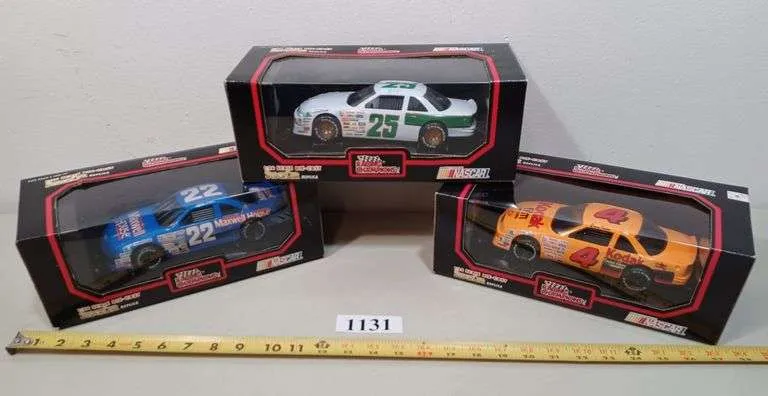
Packing peanuts provide excellent void fill and cushioning within the shipping box. Use biodegradable peanuts, which are environmentally friendly. Fill the box with peanuts, ensuring the model is surrounded on all sides. Avoid overfilling, as excessive pressure can damage the model. Packing peanuts are especially useful for irregularly shaped models or those with delicate parts. Make sure to tightly seal the box to prevent the peanuts from shifting during transit.
Shipping Boxes
The shipping box is the outer layer of protection. Choose a box that is appropriately sized for the model and its packaging. Avoid using oversized boxes, which can lead to excess movement during transit. Use sturdy, corrugated cardboard boxes, preferably double-walled for added protection. Ensure the box is clean and free from any previous labels or markings. Seal all seams with strong packing tape, reinforcing corners for extra security. Consider the box’s dimensions and weight when selecting a shipping carrier and calculating shipping costs.
Sealing Tape
High-quality sealing tape is critical for securing the package. Use strong, wide packing tape, preferably with a pressure-sensitive adhesive. Apply the tape to all seams, edges, and corners of the box, ensuring a tight seal. Avoid using tape that can easily be torn or removed. Consider using tape dispensers for consistent and efficient application. For added security, consider taping the box in multiple directions. Securely sealed boxes minimize the risk of damage during transit, keeping your model safe.
Step-by-Step Diecast Packaging Guide
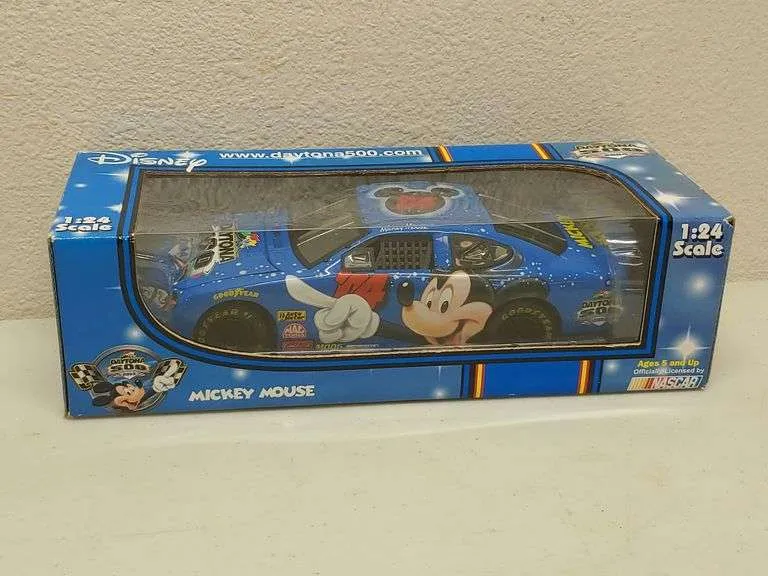
Proper diecast packaging involves a systematic approach. Following these steps ensures optimal protection for your model. The goal is to provide a secure and cushioned environment that minimizes the risk of damage during storage, handling, and shipping. Each step builds upon the previous one, contributing to the overall safety of the model.
Preparing the Diecast Model
Before packaging, inspect the model for any existing damage. Clean the model gently with a soft cloth to remove dust and debris. If the model has any loose parts, secure them with tape or remove them. Consider using a soft, acid-free tissue paper to wrap the model’s delicate features, providing an extra layer of protection. This preliminary step ensures that the model is well-prepared for the packaging process.
Wrapping the Model
Carefully wrap the model in bubble wrap or foam. Use multiple layers, ensuring complete coverage of all surfaces. Secure the wrap with tape, but avoid taping directly onto the model. Alternatively, use a soft material like acid-free tissue paper or foam sheets to prevent scratches. This step cushions the model from potential impacts and minimizes the risk of abrasion. Proper wrapping is the foundation of the protective packaging.
Securing the Model in the Box
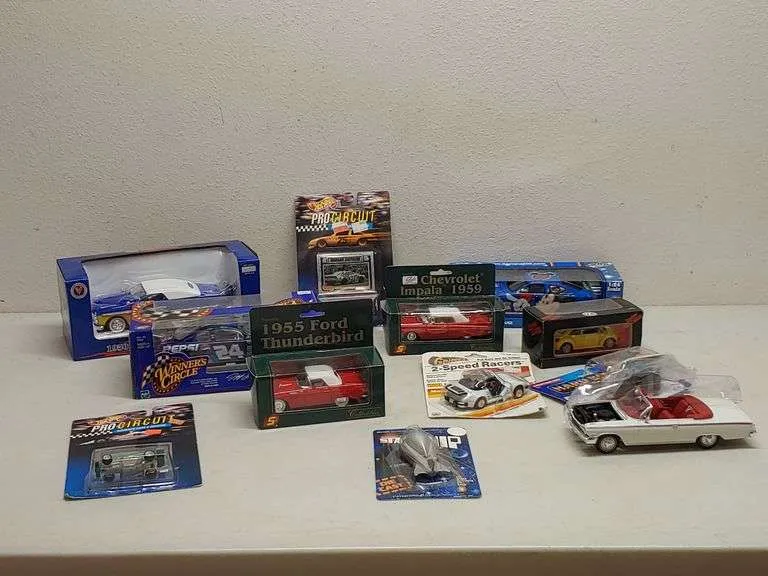
Place the wrapped model inside the shipping box. Surround the model with packing peanuts or other cushioning material. Ensure there is adequate space around the model to absorb shocks during transit. The goal is to prevent the model from moving inside the box. If the model is small, consider using a smaller box to minimize void space. Make sure there is no room for the model to shift, keeping it secure during the rigors of shipping.
Sealing the Package
Close the box and seal all seams with packing tape. Use multiple layers of tape for added security. Reinforce the corners and edges of the box. Ensure the tape is securely adhered to the box’s surface. Check that all flaps are properly sealed. The goal is to create a sealed package that cannot be easily opened or damaged. A well-sealed package minimizes the risk of loss, damage, or tampering during transit.
Shipping Considerations
Selecting the right shipping carrier and taking precautions are essential for a successful delivery. Considering these factors will safeguard your model during transit. Following these recommendations will minimize the risk of loss or damage, providing peace of mind during the shipping process.
Choosing a Shipping Carrier
Compare rates and services from different shipping carriers. Consider the carrier’s reputation for handling fragile items. Evaluate delivery times and insurance options. Choose a carrier that offers tracking and confirmation of delivery. The choice of shipping carrier significantly impacts the safety and security of the package. Prioritize reliability and a proven track record for handling delicate items.
Insurance and Tracking
Always insure your shipment for its full value. This protects you against loss or damage during transit. Choose a shipping service that provides tracking information. This allows you to monitor the package’s progress and verify delivery. Keep a record of the tracking number and insurance details. Tracking and insurance are crucial for both the sender and the recipient, providing accountability and peace of mind.
Labeling the Package
Clearly label the package with the recipient’s address and your return address. Write the addresses legibly or use a printed label. Include any necessary warnings, such as “Fragile” or “Handle with Care.” Indicate the package’s contents, especially if it is a valuable item. Ensure that the labels are securely attached and cannot be easily removed or damaged. Proper labeling ensures that the package reaches its destination safely.
Best Practices for Collectors
For collectors, proper packaging extends beyond shipping. It involves careful storage and display to maintain the model’s condition and value. Adhering to these practices will help collectors preserve and enjoy their collections for years to come.
Storing Diecast Models
Store diecast models in a cool, dry place, away from direct sunlight. Avoid extreme temperatures or humidity, which can damage the models’ paint and materials. Consider using protective cases or display cabinets to shield the models from dust and environmental factors. Regularly check your storage conditions to prevent mold or mildew. Proper storage is crucial for preserving the long-term condition and value of your collection. Consider using archival-quality storage boxes, especially for valuable or rare models.
Displaying Diecast Models
If you display your diecast models, choose a location away from direct sunlight and heat sources. Use display cases or shelves to protect the models from dust and accidental damage. Consider rotating the display to prevent any single model from prolonged exposure to light. Regularly dust the models with a soft brush or cloth to maintain their appearance. Display your collection in a way that celebrates and protects your investment.
Avoiding Common Packaging Mistakes
Many common mistakes can compromise the safety of diecast models during packaging. Being aware of these pitfalls will allow you to avoid costly errors. By avoiding these common pitfalls, you can greatly enhance the protection of your valuable models.
Here are some common mistakes to avoid
- Using the wrong size box
- Not using enough cushioning material
- Failing to secure the model properly
- Using inadequate sealing tape
- Not labeling the package clearly
- Choosing an unreliable shipping carrier
By following the guidelines in this guide, you can ensure that your diecast models are well-protected during shipping, storage, and display. Proper packaging is an investment in the preservation and appreciation of your valuable collection.
